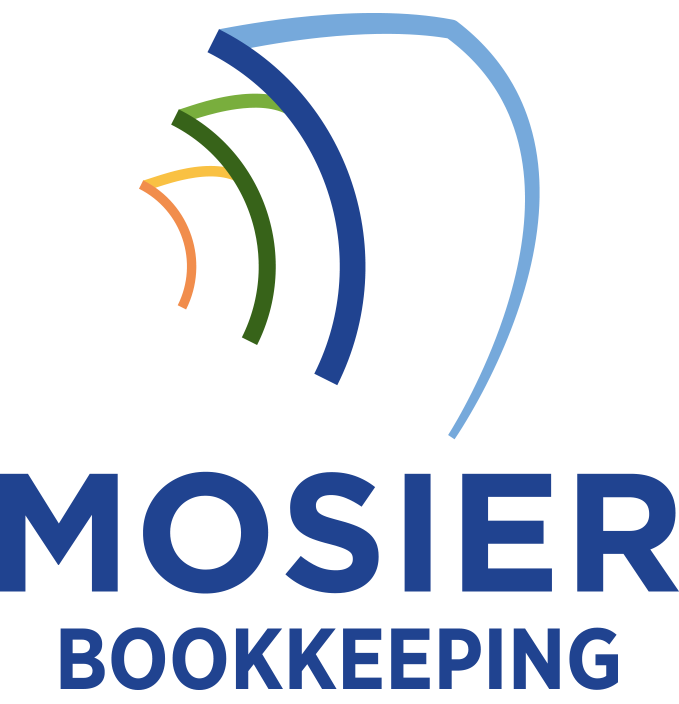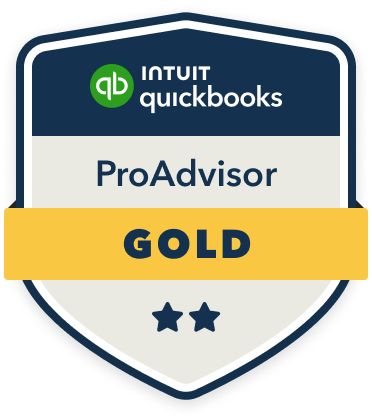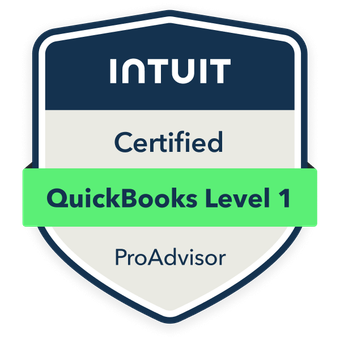Bookkeeping provides essential insights into your customer lifetime value by systematically tracking revenue patterns, purchase frequencies, and spending behaviors. I’ve found that accurate financial data enables precise customer segmentation, reveals hidden costs, and drives strategic resource allocation. Through detailed transaction analysis, you’ll identify high-value customers, optimize retention strategies, and forecast future growth potential. The metrics and patterns uncovered through systematic bookkeeping will transform your approach to maximizing customer profitability.
Accurate Revenue Tracking and Analysis
Every successful customer lifetime value analysis begins with meticulous revenue tracking. I recommend implementing a robust system that captures each transaction, including purchase amounts, frequencies, and patterns. By recording these data points, I’m able to identify high-value customers and segment them based on spending behaviors.
I utilize advanced bookkeeping software to track recurring revenue streams, one-time purchases, and upsells. This granular approach lets me calculate precise revenue per customer, enabling strategic decision-making. Through systematic monitoring of payment histories and purchase cycles, I can forecast future revenue potential and optimize my customer retention strategies for maximum profitability.
Enhanced Customer Segmentation and Targeting
Three key factors drive effective customer segmentation for lifetime value analysis: purchasing behavior, engagement patterns, and demographic attributes. I’ll help you leverage these metrics to create precise segments that maximize your profitability.
Predictive Modeling for Future Growth

I’ll show you how analyzing revenue growth patterns reveals vital insights into your customers’ future spending behaviors through systematic data tracking. Using these historical patterns, I can help you forecast future spending trends by applying statistical models that account for seasonal variations and long-term customer evolution. My predictive modeling approach calculates investment return probabilities based on customer segments, enabling you to allocate resources more effectively for maximum ROI.
Revenue Growth Pattern Analysis
Revenue growth pattern analysis leverages historical customer data to forecast future revenue trajectories and lifetime value potential. I’ll show you how to identify key inflection points in your customer spending patterns, mapping their purchasing velocity against time-based metrics.
Using regression analysis, I track individual customer cohorts to pinpoint where spending accelerates or plateaus. By monitoring these patterns, I can help you predict when customers are likely to increase their investment or risk churning. This data-driven approach lets you strategically allocate resources to high-potential accounts and optimize your revenue streams with surgical precision.
Future Spending Trend Forecast
Predictive modeling transforms historical spending patterns into actionable forecasts of future customer behavior. I’ll show you how to leverage your bookkeeping data to anticipate customer spending trajectories with precision.
By analyzing your customer’s purchase frequency, transaction values, and engagement metrics, I can help you construct reliable growth models. I integrate seasonal variations, market dynamics, and customer segment behaviors to generate accurate spending projections. Your data-driven forecasts will reveal untapped revenue opportunities and potential churn risks.
You’ll gain the power to proactively adjust your strategies, allocate resources efficiently, and maximize each customer’s future value through targeted interventions.
Investment Return Probability Modeling
Investment probability models unbar the power to quantify expected returns from your customer acquisition and retention efforts. I’ll show you how to leverage statistical algorithms to predict revenue patterns and optimize your resource allocation. By analyzing historical transaction data, I can help you build sophisticated forecasting models that calculate investment-to-return ratios.
- Monte Carlo simulations to stress-test customer spending scenarios
- Bayesian inference methods for updating probability distributions
- Markov chain modeling to predict customer state changes
- Machine learning algorithms to identify high-value customer segments
These tools will transform your raw bookkeeping data into actionable intelligence, enabling you to make precise, data-driven decisions about where to invest your resources for maximum ROI.
Identifying Hidden Costs and Profit Margins
I’ll help you analyze your production cost leaks by examining each order’s complete expense trail, from raw materials to delivery. When we track these often-overlooked costs, including equipment depreciation, utility allocation, and administrative overhead, I can show you the true cost basis affecting your profit margins. My systematic approach reveals exactly how much you’re earning per order by matching every expense against your revenue stream, giving you precise data for strategic pricing decisions.
Uncovering Production Cost Leaks
Discovering hidden costs in your production processes requires methodical analysis of both direct and indirect expenses that impact customer lifetime value calculations. I’ve found that production cost leaks often lurk in unexpected places, eroding your profit margins and diminishing customer value metrics.
- Inefficient resource allocation causing material waste and labor overruns
- Equipment maintenance delays leading to increased downtime and repair costs
- Quality control gaps resulting in higher customer returns and reprocessing
- Supply chain bottlenecks creating inventory holding costs and delivery delays
I recommend implementing real-time cost tracking systems to identify these leaks quickly. By monitoring key production metrics, you’ll strengthen your ability to maintain accurate customer lifetime value data and optimize profitability.
True Profit Per Order
True profit calculations require a granular examination of costs that often remain hidden in standard accounting methods. I’ll help you uncover these concealed expenses by analyzing your order fulfillment process. First, I track shipping materials, payment processing fees, and labor costs per unit. Then, I factor in customer service time, return handling, and warranty claims.
Strategic Resource Allocation and Planning

Once you’ve gathered reliable customer lifetime value (CLV) data through proper bookkeeping, strategically allocating resources becomes a data-driven process rather than guesswork. I’ll show you how to leverage CLV metrics to optimize your resource allocation and planning decisions for maximum ROI.
- Direct more marketing budget toward high-CLV customer segments
- Adjust customer service levels based on projected lifetime revenue
- Invest in retention programs for customers showing strong growth potential
- Reallocate resources away from consistently unprofitable customer segments
Using CLV data, you’ll make informed decisions about where to invest your time, money, and effort. This systematic approach guarantees your resources target the most valuable customer relationships, maximizing long-term profitability.
Streamlined Decision-Making for Customer Retention
Strategic resource allocation naturally leads to more efficient decision-making processes for customer retention. I’ve found that tracking customer lifetime value through meticulous bookkeeping enables me to make rapid, data-driven decisions about which customers warrant increased investment. I can instantly assess profitability patterns and implement targeted retention strategies.








